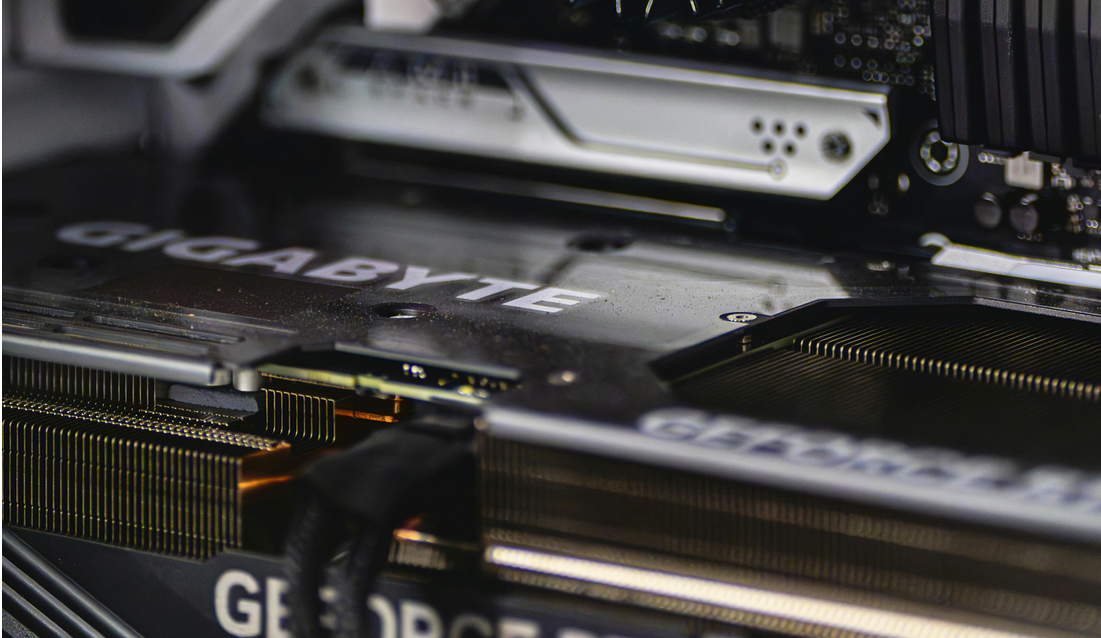Speeding up Windows can often be achieved with a few tweaks and maintenance routines. Here are 12 simple tips to help your computer run more smoothly:
1. Uninstall Unnecessary Programs
- Remove software you no longer use. Go to Settings > Apps > Apps & features, then uninstall anything you don’t need. This frees up storage and improves system efficiency.
2. Limit Startup Programs
- Many applications automatically start with Windows, slowing down boot time. Press Ctrl + Shift + Esc to open the Task Manager, go to the Startup tab, and disable unnecessary startup items.
3. Use Disk Cleanup
- Windows has a built-in tool called Disk Cleanup that removes temporary files, system files, and other clutter. Find it by searching “Disk Cleanup” in the Start menu, then select the files you want to delete.
4. Update Windows and Drivers
- Regular updates keep your system optimized. Go to Settings > Update & Security > Windows Update to check for and install updates.
5. Disable Special Effects and Animations
- Windows animations can slow down performance. Go to System Properties (search for it in the Start menu), then Advanced > Performance Settings. Choose Adjust for best performance or customize individual effects.
6. Run a Virus and Malware Scan
- Malware can drastically affect performance. Use Windows Defender or third-party software to run a full system scan and remove threats.
7. Free Up Hard Drive Space
- A nearly full hard drive can slow down your PC. Transfer large files to an external drive, delete duplicates, or use cloud storage to keep your main drive lean.
8. Disable Background Apps
- Windows runs some apps in the background even when not in use. Go to Settings > Privacy > Background apps and toggle off unnecessary ones.
9. Adjust Power Settings for Performance
- Switching to a high-performance power plan can increase speed. Go to Control Panel > Power Options and choose High performance.
10. Optimize Your Hard Drive
- For HDDs (not SSDs), use Optimize Drives to defragment and rearrange fragmented data. Open “Optimize Drives” in the Start menu, select the drive, and click Optimize.
11. Increase Virtual Memory
- Windows uses virtual memory as a supplement to physical RAM. Go to System Properties > Advanced > Performance Settings > Advanced tab > Virtual memory and increase the size if needed.
12. Reinstall Windows (as a Last Resort)
- If all else fails, reinstalling Windows can give you a fresh start and eliminate issues causing sluggishness. Be sure to back up your data before proceeding with a reinstall.
Following these tips can help your Windows computer run faster, providing a noticeable improvement in performance and responsiveness.

